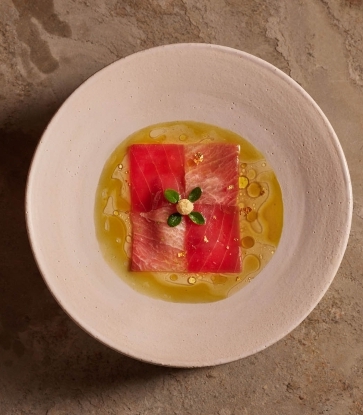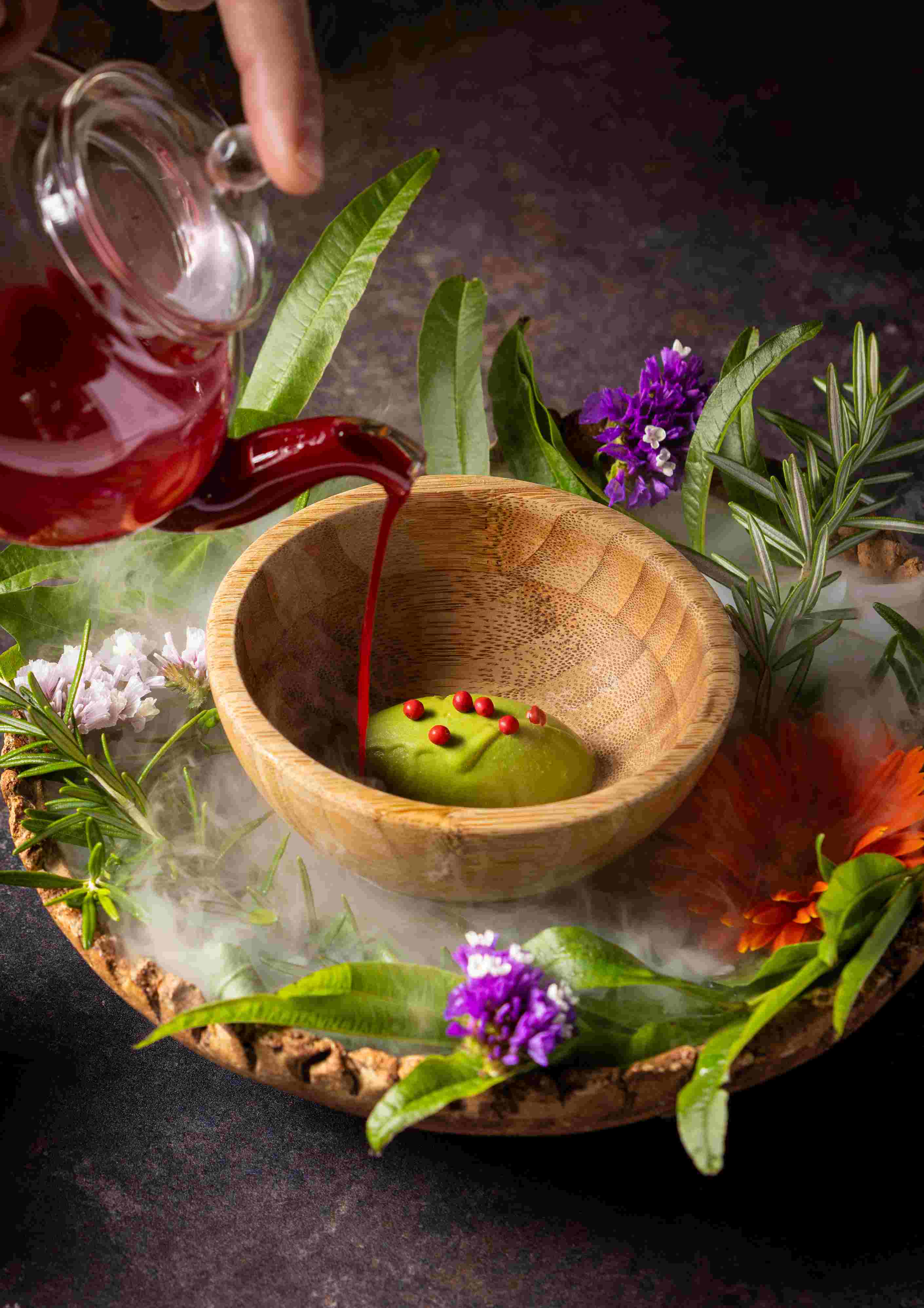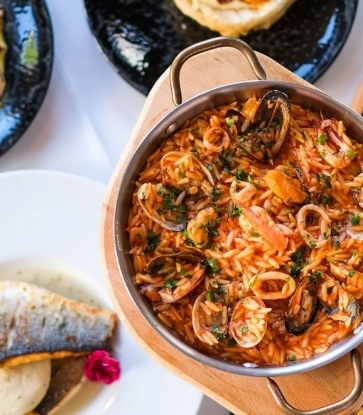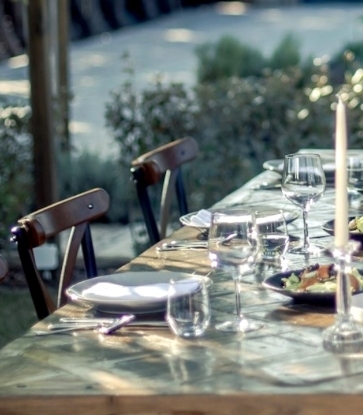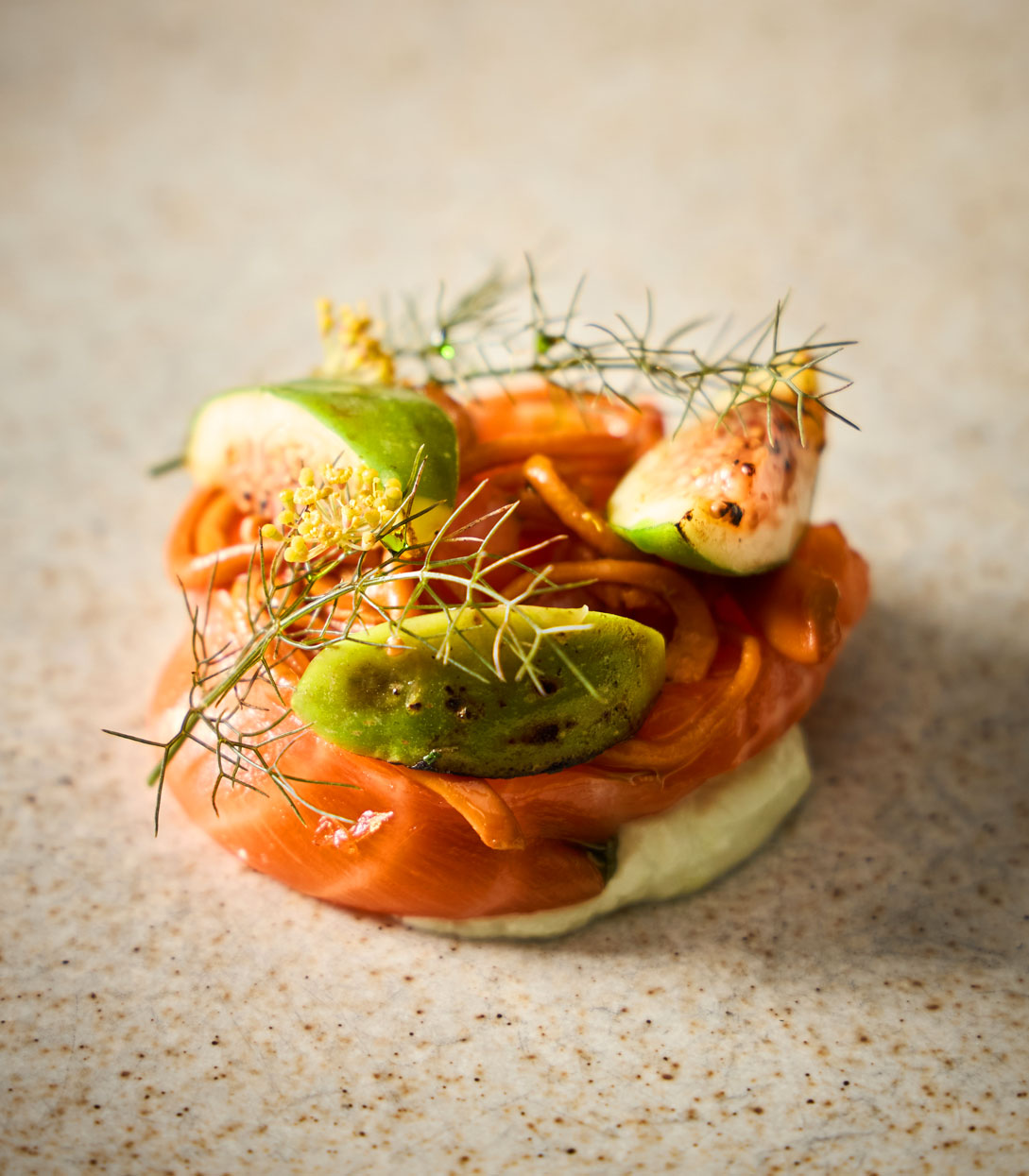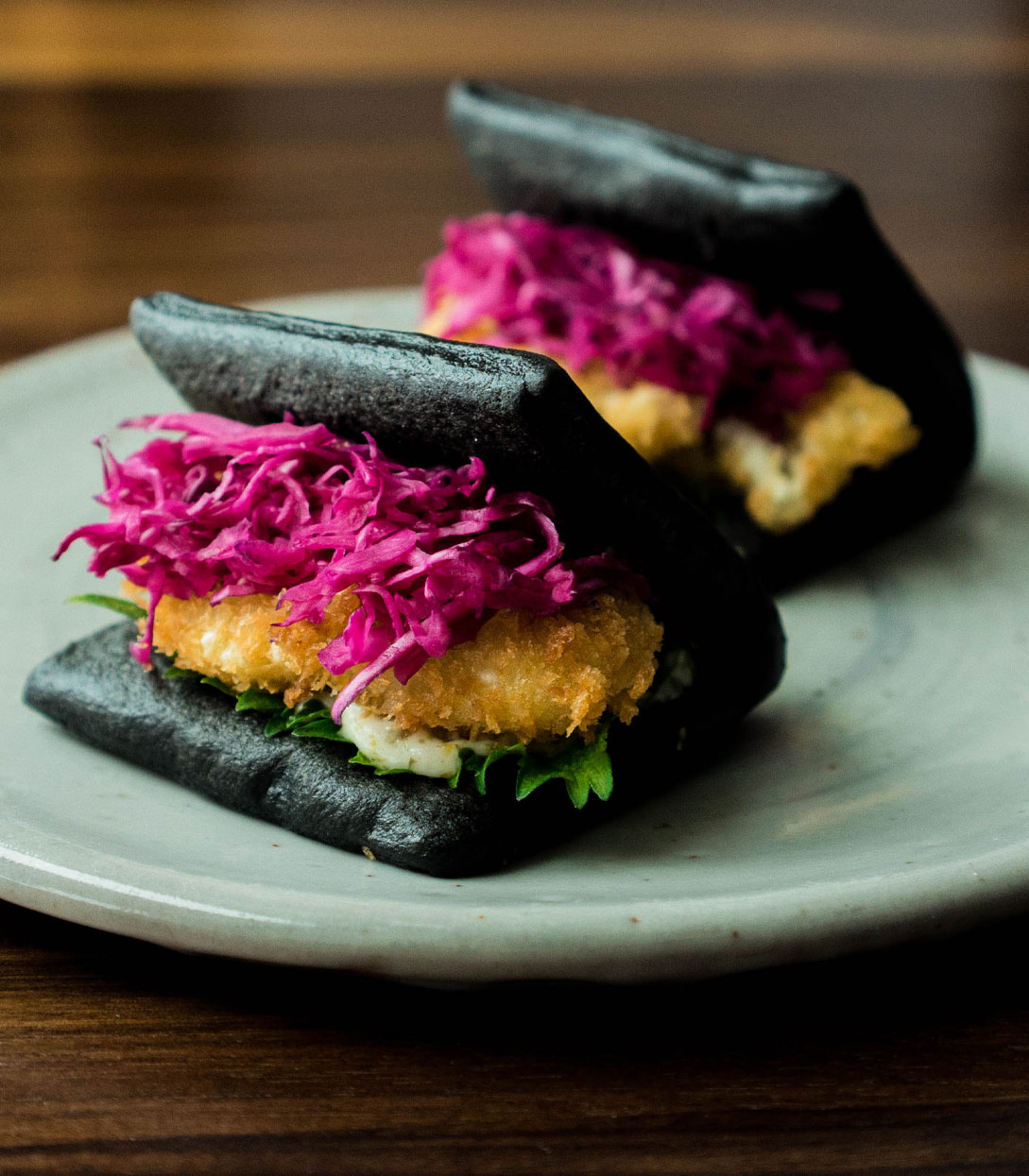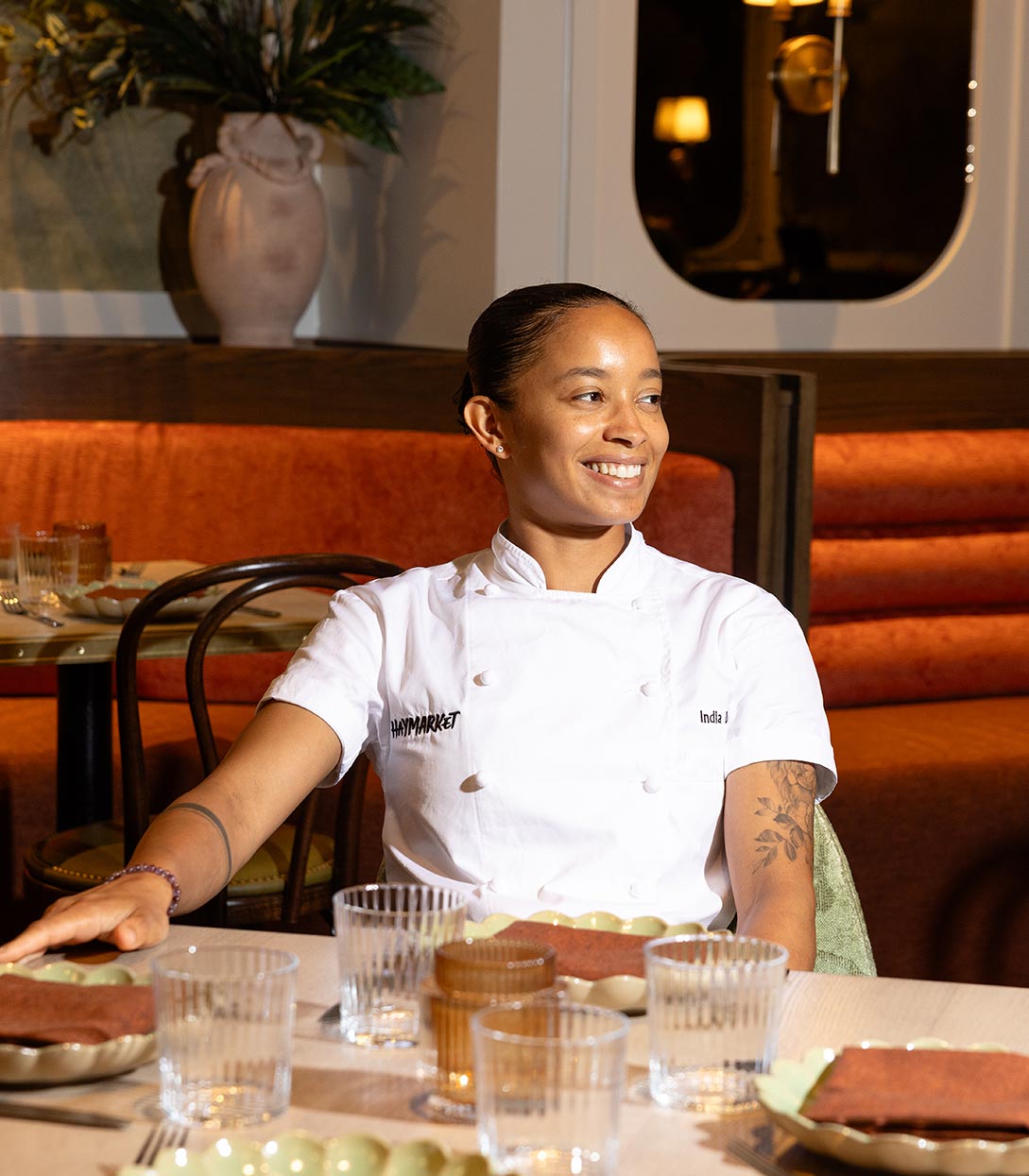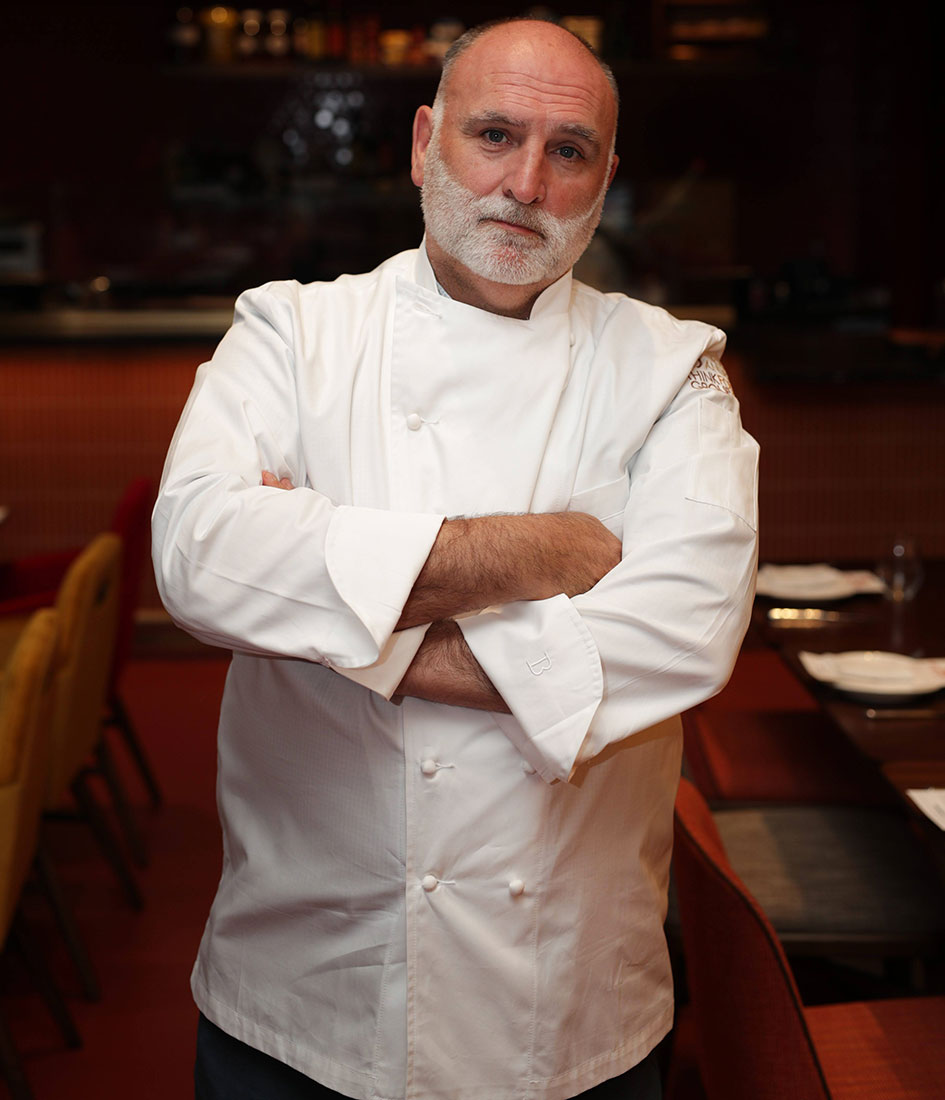When it comes to the design of some of New York’s most popular and high-end restaurants, David Rockwell is a go-to name. The architect and designer has created the aesthetic of more than a half-dozen Michelin-recognized spots in the city such as Peak in Hudson Yards, The Clocktower, near Madison Square Park, the Indonesian eatery Wayan, and Oceans, serving all iterations of seafood.
Rockwell also has a global reach with Wakuda in Singapore. We caught up with Rockwell recently and asked him about what makes for a successful restaurant design, how the process unfolds and if his perspectives figures in.
Can you tell us the process of designing a new restaurant? How long does it take, and how do you start?
The design of a new restaurant can take many years. Our first step is to fully immerse ourselves in the ideology, themes, inspirations, and goals of the client. What’s the nature of the restaurant? What’s its point of view?
As an example, how long diners may spend at a restaurant is a consideration in the type of chair we design. We even look at the relationship between the plates, lighting, and table. Once we have this complete understanding, we create a narrative through which our design emerges.
Does the design direction come from you or the client? Or is it a mix of both?
The design is an evolving conversation between us and the client, but it always emerges from a narrative—a story we are trying to tell about the client, the chef, the food, the neighborhood. We think about how all of the elements of a restaurant contribute to a language of inclusivity and creating a fully formed universe or world.
The audience, or the guests, are the final key to the design. We adapt the design to respond to how we want the audience to feel while they are using the space, whether that’s waiting to speak to the host, sitting at a large communal table, or tucked into an intimate corner booth, or in a sidewalk shed, like the outdoor dining installation we built for Melba’s in Harlem at the start of the pandemic.
For Wayan in downtown Manhattan, Cedric and Ochi Vongerichten wanted us to focus on the way that people dine and eat out in Indonesia, especially at seaside villages where relaxed, open-air restaurants are essentially their own fish markets and diners chat with the chef and other guests. We created a chef’s table that sits in the transitional space between the bar and main dining room. The linear, four-seat space is both intimate and transportive, with a turquoise stone bar top, glowing oxidized copper millwork, and a raffia-patterned porcelain tile floor. Here, you could be having a conversation with the chef and the rest of the restaurant dematerializes.
What factors do you consider with restaurant design that don’t factor in with other venues such as residences or retail boutiques?
Dining out is more akin to theater where you are spending time with a group of people, which really differentiates restaurants from residential and retail design.
At Casa Dani, a fine dining restaurant at Citizens New York, we wanted to invite guests into Chef Dani García’s culinary home, inspired by Spain’s Mediterranean south. Guests are taken on a progressive journey from a compressed bar and lounge space with an undulating ceiling, warm walnut parquet flooring that nods to what might be found in a Spanish villa into the restaurant’s showcase: A grand, double-height sunken dining room, where the proportions and feel are reflective of the traditional open-air Spanish central courtyard. A 30-foot-long open kitchen framed by glass and brushed stainless steel box where the cooking line has been placed directly to face the guests to highlight the theater of cooking.
Do you take the menu into account at all? If so, how?
The menu is almost always a source of inspiration for our design. Our designs for Nobu restaurants are a great example of the Peruvian and Japanese food—the translucency of the fish, the artistry of the sake—inspiring our design choices.
Carlotto, the sister restaurant to Oceans, offers a regional Italian menu with an incredible wine program that features varietals from Piemonte, Tuscany, and Sicily. We wanted guests to feel like they discovered a hidden Roman osteria.
How often do you eat at a restaurant once the project is completed? Do you have any favorites or go-to's on your list? What are the dishes you order?
Often! I take friends, family, colleagues, and clients to so many of the restaurants we design. Nobu Downtown is always a favorite. The tuna tartare is exceptional there. Union Square Cafe is near my office and their menu always highlights something fresh and seasonal from the Greenmarket. Melba’s has amazing fried chicken. I’ve been loving the short ribs at Metropolis (made extra special with the inclusion of truffle). And I pretty much love everything at Frevo.
Hero image: Sam Deitch/The Clocktower






